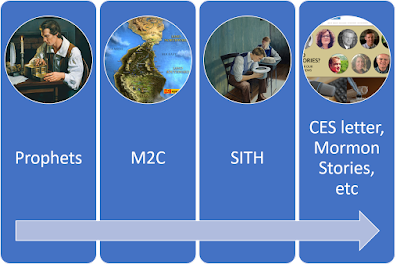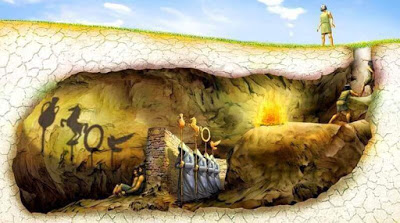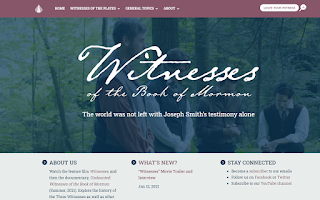Multiple working hypotheses
The first fallacy of the academic approach to Book of Mormon historicity is the idea that a group of scholars can determine what the text means by consensus. This is especially problematic when the underlying premise of the academic approach is that the prophets were wrong, specifically about the New York Cumorah.
The second fallacy is imposing that academic consensus on everyone else. The text–especially the vague references to geography–is subject to a variety of interpretations. Any serious intellectual would recognize that and encourage the development of multiple hypotheses pending additional knowledge.
Key point: it is even possible to interpret the text and the external evidence in such as way as to support and corroborate the teachings of the prophets, instead of insisting on an interpretation that repudiates the teaching of the prophets.
But that possibility is not a requirement. People can believe whatever they want.
In my view, the only viable (and intellectual honest) approach is one of multiple working hypotheses.
This approach recognizes that, in the absence of specific prophetic guidance that everyone can agree on, there are multiple ways of interpreting the text and the extrinsic evidence (as well as the teachings of the prophets).
I emphasize repeatedly on this blog that I’m fine with people believing whatever they want. And certainly, basic human psychology enables people to find evidence to confirm whatever bias they have.
It’s funny to me that I have critics who seem to think I don’t understand or even know the arguments in favor of M2C. I accepted M2C for decades and I could make those same arguments as easily as anyone else. I changed my mind when I learned more about the topic and realized the teachings of the prophets make sense after all, but I don’t mind if others wish to stick with M2C, Peru, Chile, Baja, Eritrea, or anywhere else.
This is why I favor the Church’s policy of neutrality on these issues, which is basically a recognition of multiple working hypotheses. (It’s significant that the Gospel Topics entry on Book of Mormon Geography doesn’t mention Cumorah.)
_____
Here’s a specific example. A serious academic organization would not have a logo that limits possible interpretations, the way this one does with its Mayan glyph representing the Book of Mormon:
A logo that depicts the actual language of the Book of Mormon–English–would reflect the open-minded and neutral approach any intellectually honest group would adopt.
Such a logo would reflect the Church’s policy of neutrality.
________________
I discuss all of this in my book, Between these Hills. Here is an excerpt:
One of the main criticisms of the Book of Mormon by nonbelievers is the purported lack of evidence of the people and places it describes. Believers who reject the New York Cumorah similarly assert a lack of evidence based on their interpretations of the text.
Of course, there is abundant archaeological and anthropological evidence of ancient people living throughout the Western Hemisphere during Book of Mormon time frames. Connecting such evidence with the descriptions in the text is like solving simultaneous equations in algebra because there are unknown variables on both sides of the equation:
X external evidence = Y descriptions in the text
It is possible to interpret the text to support most theories of Book of Mormon geography based on external evidence from archaeology, anthropology, geology, etc. It is also possible to dispute every theory’s interpretation of the text and the evidence. This is why, pending more information, the approach of multiple working hypotheses makes the most sense.
Source: About Central America











